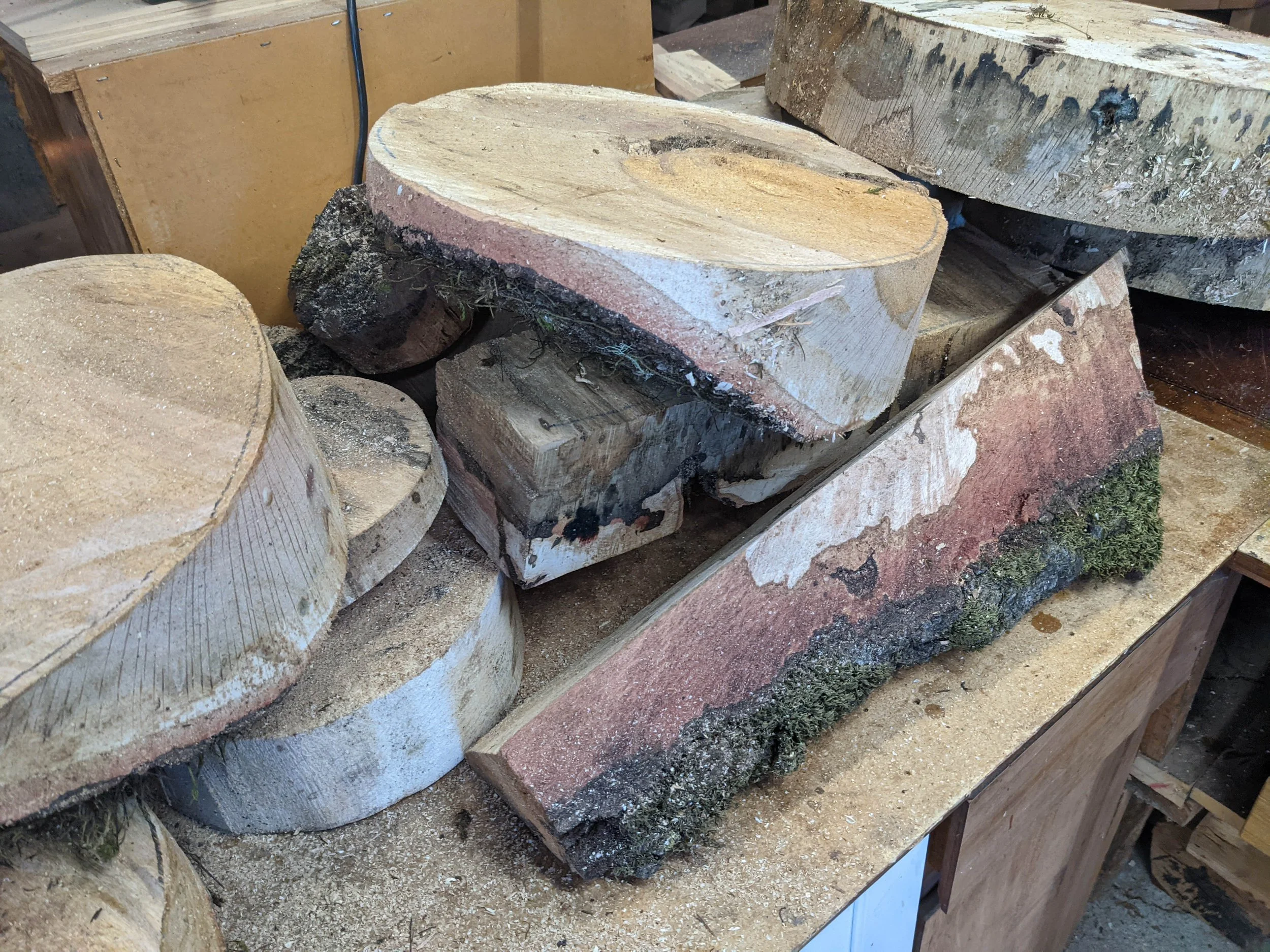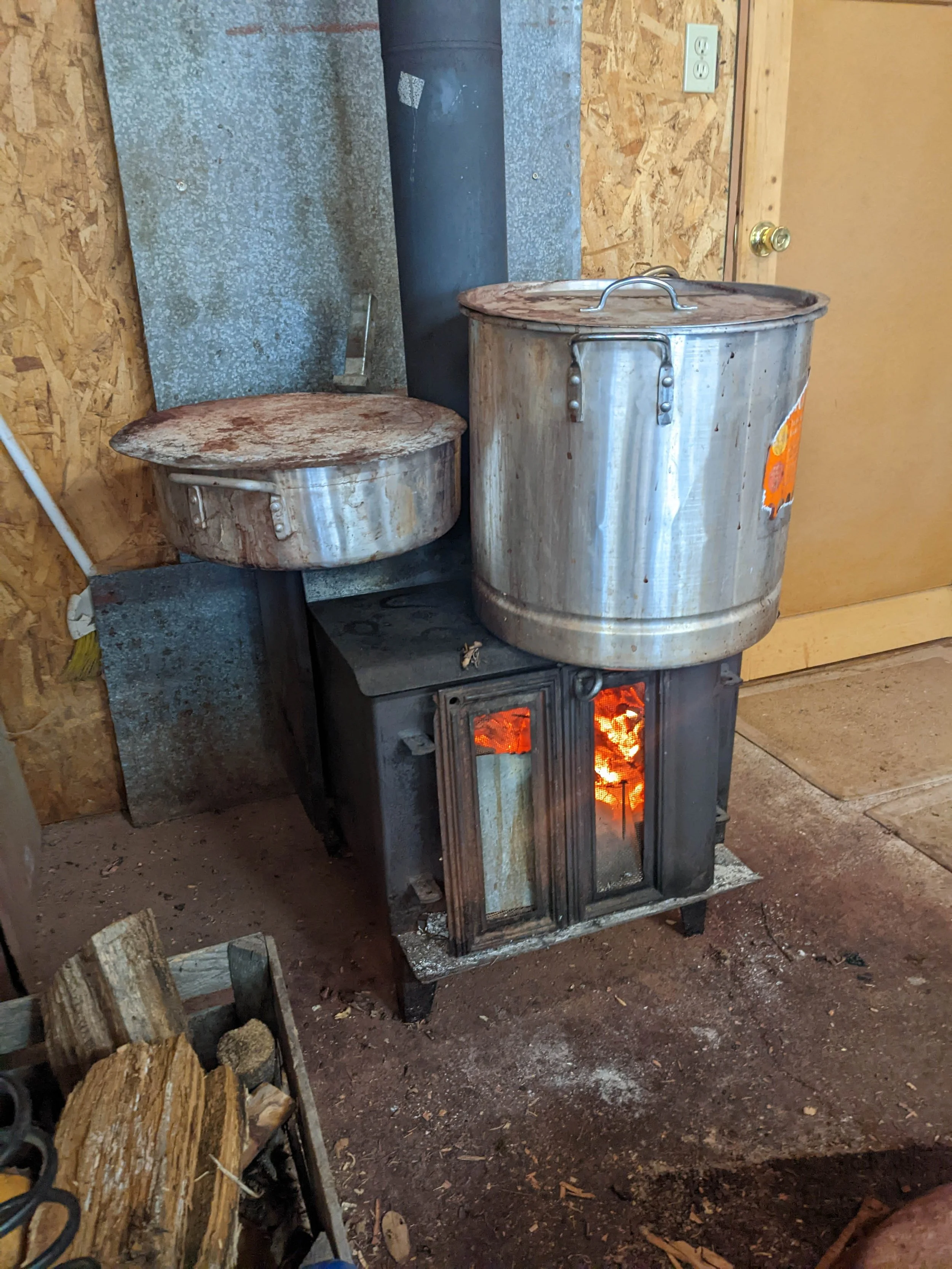Turn the processed blanks
Finally, the wood is ready to be turned into final shape. This can take many iterations, depending on the final goal. The wood will then be sealed and polished, but not before multiple rounds of sanding - starting often with a 150 grid sandpaper, then 220, 300, 400, and for Madrone, it likes to be finished with 600, 800 and sometimes 1200 grid for a perfect shiny finish.







